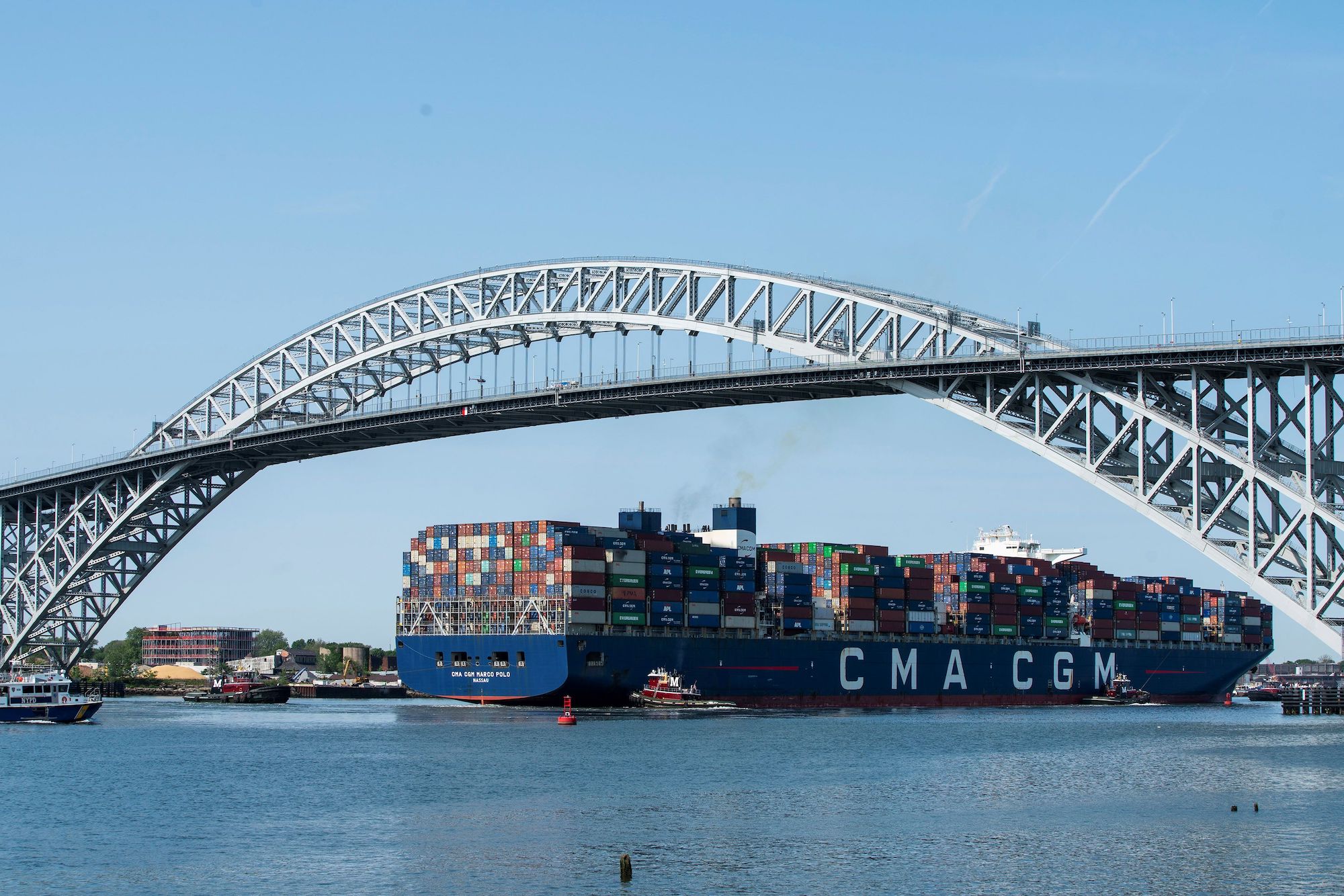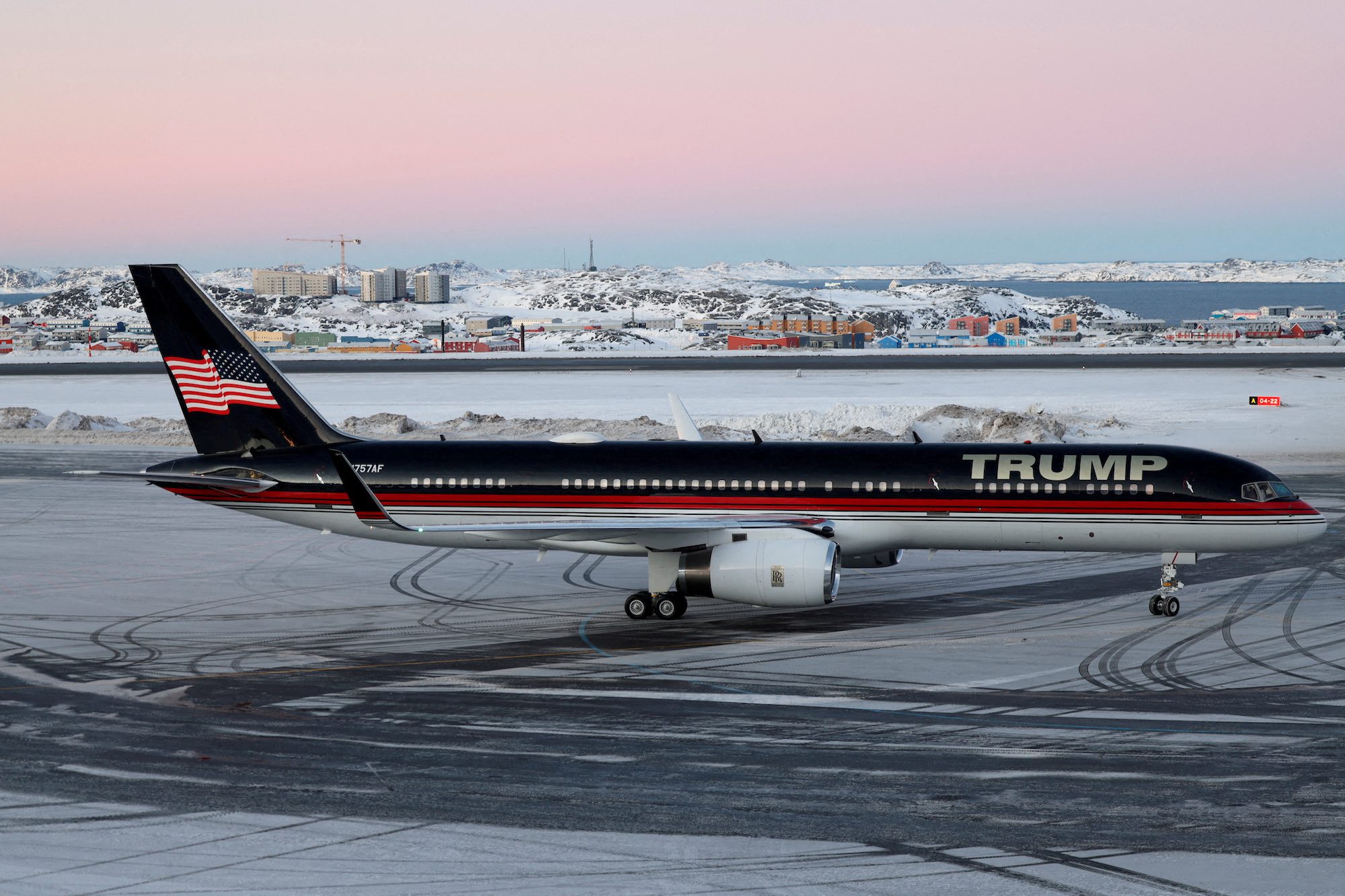The United States’ top ports for retail imports are expected to report another blockbuster month in May as consumers turn to normal shopping patterns as vaccinations rates increase, the National Retail Federation announced this week. Meanwhile, supply chains are struggling to keep up with demand.
The nation’s largest retail container ports saw their busiest April on record and May could turn out to set a new all-time record once the new numbers come in, according to the NRF.
U.S. ports covered by the NRF’s Global Port Tracker handled 2.15 million TEU in April, the latest month for which final numbers are available. That was by far the busiest April on record and marked an increase of 33.4% from April 2020, when many stores were closed by the coronavirus pandemic. April’s results followed 2.27 million TEU in March, which set the record for the most containers imported during a single month since NRF began tracking imports in 2002.
While May numbers have not yet been reported, projections are forecasting the month to come in a 2.32 million TEU, which would be up 51.1 percent from the same time last year and would beat March’s total to set another new record for the largest number of containers in a single month.
“Vaccine rates are increasing, shoppers are back in stores and retail supply chains are working overtime,” NRF Vice President for Supply Chain and Customs Policy Jonathan Gold said. “There’s no shortage of demand from consumers, but there continue to be shortages of labor, equipment and shipping capacity to meet that demand. Supply chain disruptions, port congestion and rising shipping costs could continue to be challenges through the end of the year.”
Looking ahead, June is forecast at 2.13 million TEU, up 32.8 percent year-over-year; July at 2.19 million TEU, up 14.2 percent; August at 2.26 million TEU, up 7.5 percent; and September at 2.14 million TEU, up 1.7 percent. Interestingly, the forecasts shows October volumes actually decreasing by about 6.5% to 2.07 million, which would be the first year-over-year monthly decline since July 2020. This is likely due to the fact that October 2020 volumes were elevated as the U.S. economy recovered from COVID-19 shut downs and retailers were busy stocking shelves ahead of the holiday season.
Looking at the first of 2021, the NRF’s forecast remains at 12.8 million TEU, up 35.3 percent over the same period in 2020. As with each month this spring, the year-over-year comparison is skewed because of the sharp decline in imports during the first half of last year. But the six-month total would put 2021 on track to easily beat 2020’s full-year total of 22 million TEU, which was up 1.9 percent over 2019 despite the pandemic, the NRF says.
“Supply chains are finding it difficult to keep up with demand as shipping capacity struggles,” said Ben Hackett, founder of Hackett Associates which produces the port tracker for the NRF. “A number of vessels taken out of service when volumes were low remain in drydock while others are delayed in congested ports, which face a lack of manpower both because of COVID-19 illnesses and the tight labor market. Many people remain hesitant about returning to work, affecting ports, rail, trucking and distribution centers.”
Ports covered by the NRF’s Global Port Tracker include Los Angeles/Long Beach, Oakland, Seattle and Tacoma on the West Coast; New York/New Jersey, Port of Virginia, Charleston, Savannah, Port Everglades, Miami and Jacksonville on the East Coast, and Houston on the Gulf Coast.
Sign up for our newsletter

 Join The Club
Join The Club











